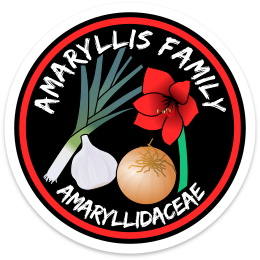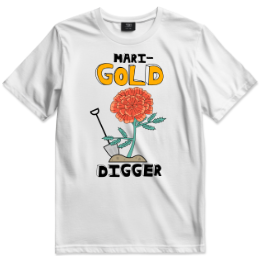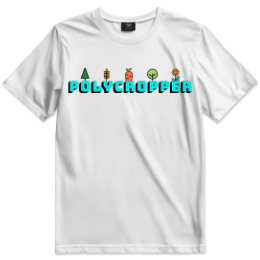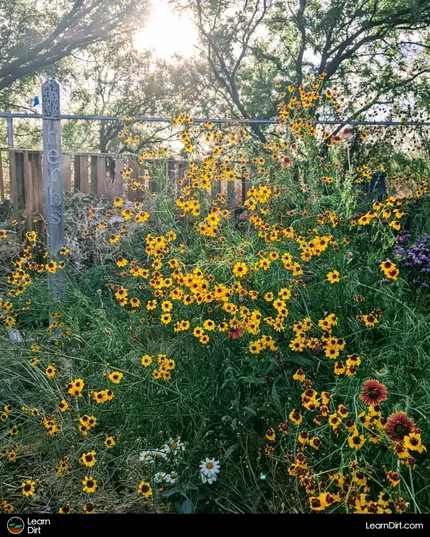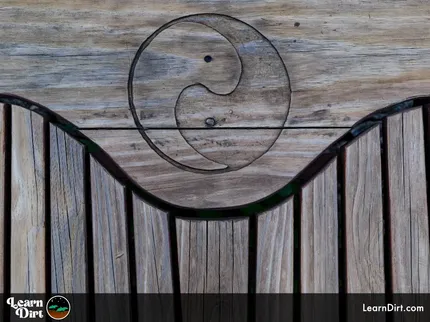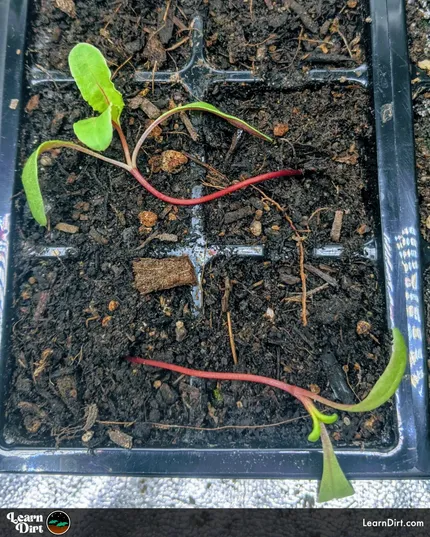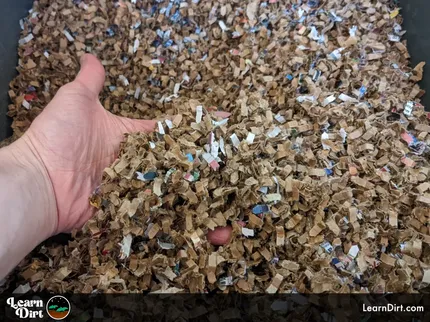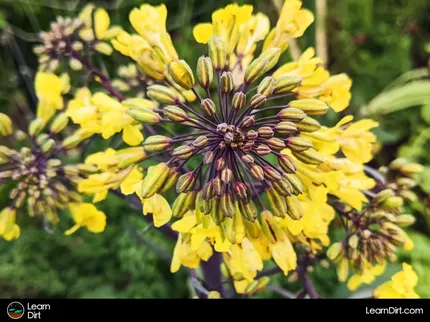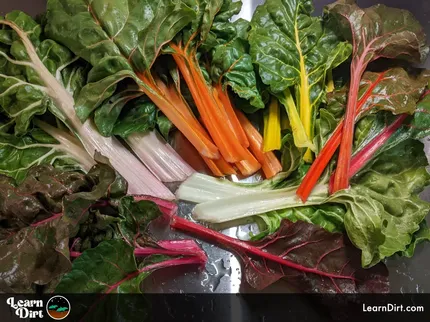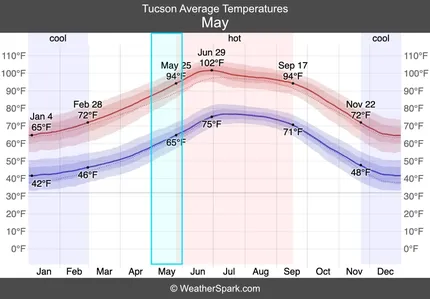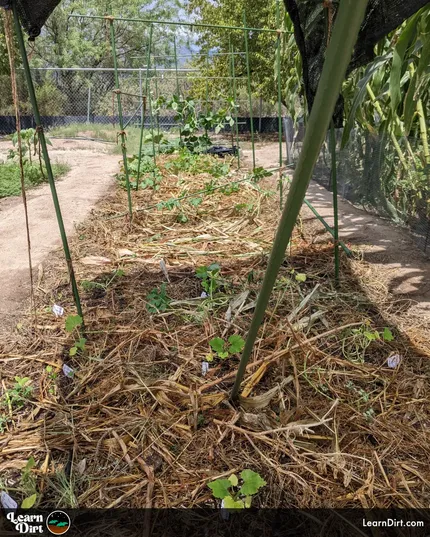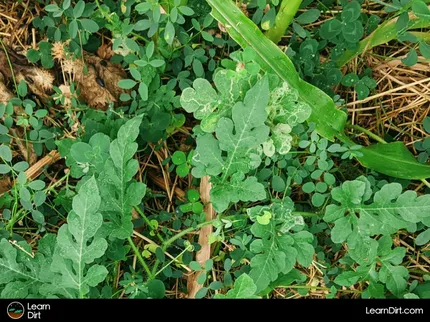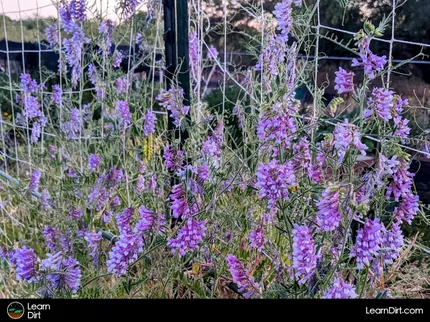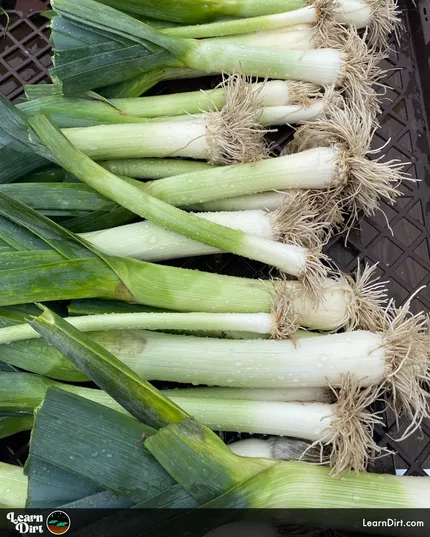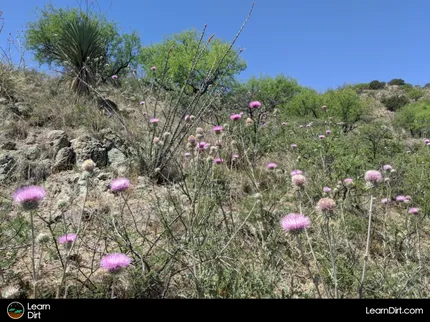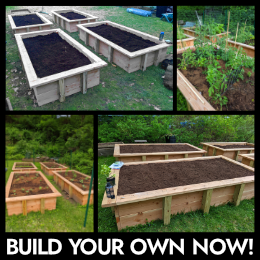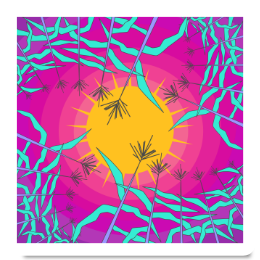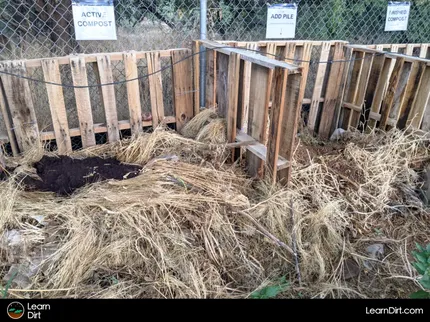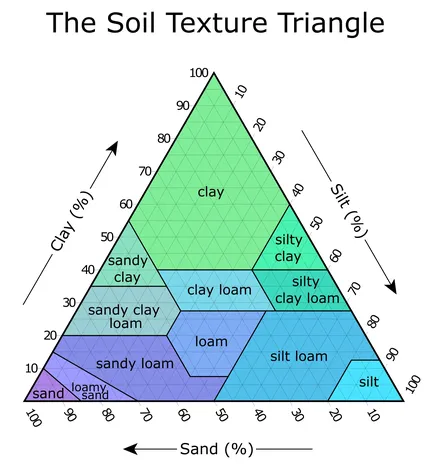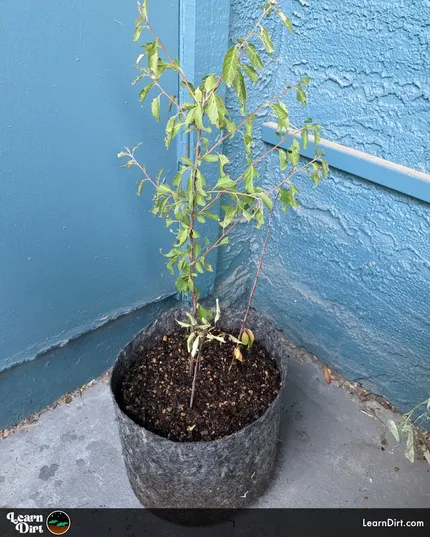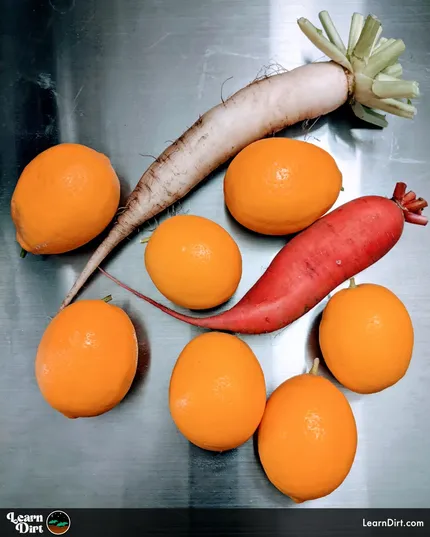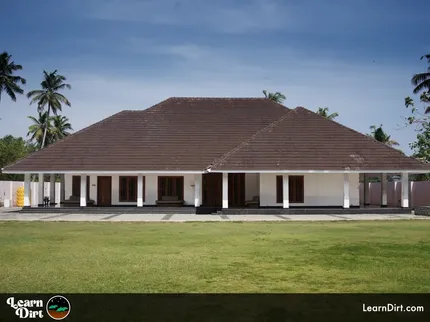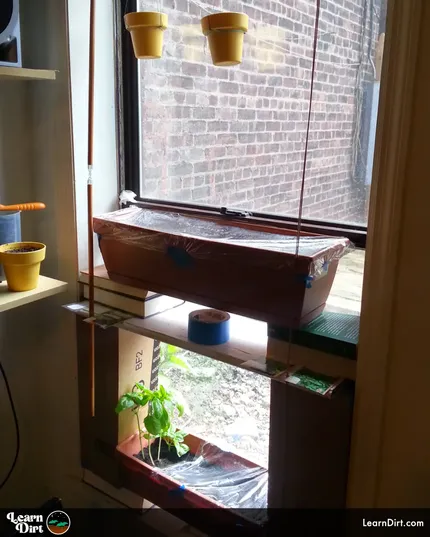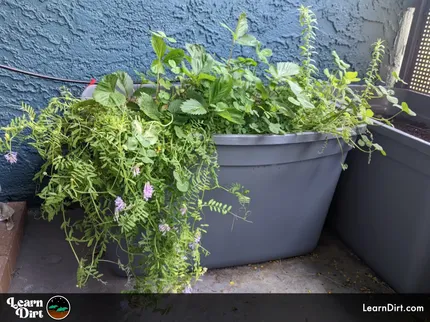Table of Contents
- Regenerative Gardening Terms:
- Agochoric
- Agroecology
- Agroecosystems
- Allelopathic
- Angiosperm
- Anther
- Anthocyanin
- Apomixis
- Auxins
- Biosequestration
- Bolt (to flower)
- Chill Hours
- Chlorophyll
- Chloroplast
- Cold Stratification
- Cold Treatment
- Cotyledon
- Determinate
- Dicotyledonous (dicots)
- Dioecious
- Endemic
- Espalier Tree
- Etiolation
- Flocculate
- Folivore
- Forb
- Gymnosperms
- Heirloom
- Holobiont
- Herbivore
- Indeterminate
- Inflorescence
- Internodes
- Korean Natural Farming
- Laminae
- Landrace
- Monocotyledonous (monocots)
- Monoecious
- Morphogen
- Nodes
- Petiole
- Phloem
- Photosynthesis
- Phyllotaxis
- Progenitor
- Radicle
- Regenerative Agriculture
- Seedbank
- Solute
- Solvent
- Spores
- Stipules
- Skotomorphogenesis
- Turgor
- Umbels
- Umbellifers
- Vernalization
- Xylem
- References
* Our articles never contain AI-generated slop *
Gardening can get pretty technical at times, and you'll find a number of words and terms peppered around this site which you may be unfamiliar with.
To help, I've included this glossary of terms as a way to acquaint yourself with the wonderful world of regenerative gardening.
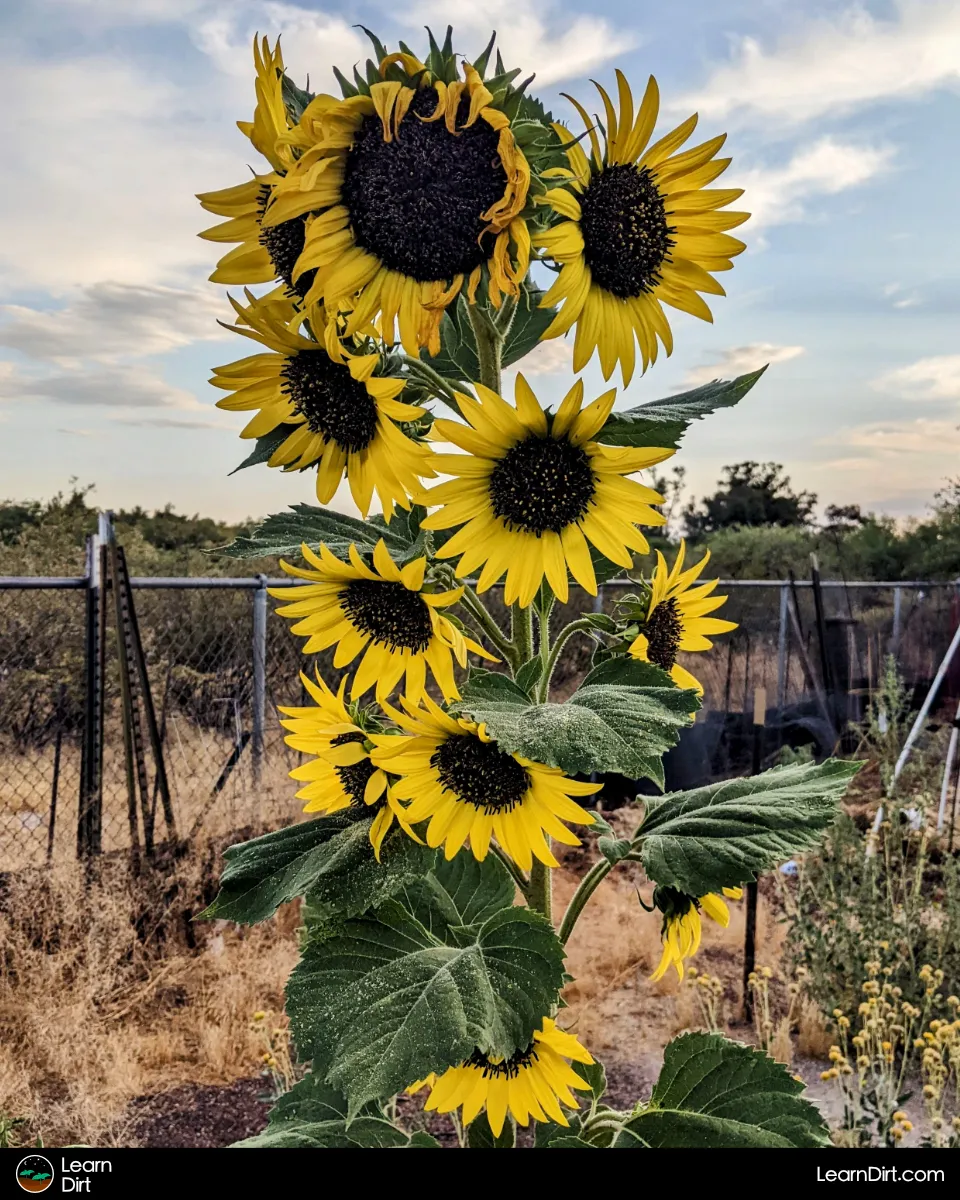
All definitions come directly from Merriam-Webster, Oxford English Dictionary, or Wikipedia unless otherwise noted. All credit goes to these websites.
Disclaimer: This post may contain affiliate links. Refer to the privacy policy for more information.
Regenerative Gardening Terms:
Agochoric
Plants which have been spread accidentally through transport
Agroecology
The academic discipline that studies ecological processes applied to agricultural production systems. Bringing ecological principles to bear can suggest new management approaches in agroecosystems.
Agroecosystems
The ecosystems supporting the food production systems in farms and gardens.
Allelopathic
Plants which produce a chemical deterrent to prevent other plants from establishing themselves nearby. Often a toxic root exudate.
Angiosperm
Seed-producing plants which have flowers. These are differentiated from the other seed-producing plants, gymnosperms, which do not have flowers.
Anther
The pollen-producing male part within the stamen of a plant's flowers.
Join The Grower's Community
A free & open space for anyone who is passionate about cultivation 🌱
Check It Out!
Anthocyanin
Water-soluble vacuolar pigments that, depending on their pH, may appear red, purple, blue, or black.
Apomixis
Seeds produced without fetilization
Auxins
A class of plant hormones (or plant-growth regulators) with some morphogen-like characteristics. Auxins play a cardinal role in coordination of many growth and behavioral processes in plant life cycles and are essential for plant body development.
Biosequestration
The capture and storage of the atmospheric greenhouse gas carbon dioxide by continual or enhanced biological processes.
Bolt (to flower)
When an angiosperm begins its flowering and shows its inflorescence and is subsequently pollinated and goes to seed.
Chill Hours
The number of hours that a tree spends between 32F and 45F ( 0C and 7.2C ) per year. With most fruit and nut trees, citrus excluded, a certain number of chill hours is required every year for flowering & fruiting.
Chlorophyll
The photosynthetic pigment chlorophyll captures the energy from sunlight, converts it, and stores it in the energy-storage molecules ATP and NADPH while freeing oxygen from water in the cells.
Chloroplast
A type of membrane-bound organelle known as a plastid that conducts photosynthesis mostly in plant and algal cells.
Cold Stratification
See Vernalization
Cold Treatment
See Vernalization
Cotyledon
The embryonic leaf in seed-bearing plants, one or more of which are the first to appear from a germinating seed.
Determinate
Plants which stop growing once a pre-determined structure has formed. This contrasts with indeterminate, which grow until an external factor such as heat or frost kill them.
Dicotyledonous (dicots)
Plant species with two cotyledons
Dioecious
Plants which have distinct unisexual individuals. Dioecious plants contain only either male or female reproductive structures in their flowers, not both. Flowers of dioecious plants are often referred to as "imperfect flowers"
Endemic
(of an organism) native and restricted to a specific place or region.
Espalier Tree
Fruit trees grown on espalier forms in order to spread them wide and thin, create privacy, or to fit in a confined space.
Etiolation
A process in flowering plants grown in partial or complete absence of light. It is characterized by long, weak stems; smaller leaves due to longer internodes; and a pale yellow color (chlorosis).
Flocculate
To bind together, as in soil aggregates.
Folivore
Herbivores whe specialize in eating leaves specifically (can be difficult for other animals to digest).
Forb
Flowering plants (angiosperms) which do not have a woody stem, such as grasses.
Dig Cool Merch?
Gymnosperms
Seed-producing plants which do not have flowers. These are differentiated from the other seed-producing plants, angiosperms, which do have flowers.
Heirloom
Cultivated plants which have been passed down through generations within a specific region. These are generally not hybrids or commercial varieties, and are often prized for unique flavors.
Holobiont
It includes the host; together with associated communities of microorganisms linked in a symbiotic assemblage that contributes towards the function of whole system [1]
Herbivore
Animals who specialize in eating plants.
Indeterminate
Plants which grow until an external factor such as heat or frost kill them. This contrasts with determinate, which stop growing once a pre-determined structure has formed.
Inflorescence
The reproductive structure of a plant which contains groups or clusters of flowers arranged on a main axis or stem. This structure is generally revealed as a plant bolts to flower.
Internodes
The space between plant nodes
Korean Natural Farming
A sustainable system developed by Master Han Kyu Cho of the Janong Natural Farming Institute in South Korea
Laminae
Leaf blade, such as in the poaceae family (grasses)
Landrace
A local variety of a plant species which has adapted over time to its unique geographic region and climate. Highly adapted to local conditions.
Monocotyledonous (monocots)
Plant species with one cotyledon
Monoecious
Plants which do not have distinct unisexual individuals. Monoecious plants contain both male and female flowers on the same plant. Flowers of monoecious plants are often referred to as "perfect flowers". Some monoecious plants such as cannabis may become dioecious under stressful conditions in order to self-pollinate.
Morphogen
A signaling molecule that acts directly on cells to produce specific cellular responses depending on its local concentration.
Nodes
The points of attachment for leaves and can hold one or more leaves.
Petiole
Leaf stalk
Phloem
The living tissue in vascular plants that transports the soluble organic compounds made during photosynthesis and known as photosynthates, in particular the sugar sucrose, to the rest of the plant.
Photosynthesis
- A biological process used by many cellular organisms to convert light energy into chemical energy, which is stored in organic compounds that can later be metabolized through cellular respiration to fuel the organism's activities
Phyllotaxis
The arrangement of leaves on a plant. Common arrangements include: opposite, spiral, whorled, repeating spiral, distichous, and more
Progenitor
An organism from which another originates; an ancestor or parent
Radicle
The pointy end of oblong seeds (such as cucurbits). Sometimes clipped to speed up germination.
Regenerative Agriculture
An approach to agriculture which focuses on soil improvement and remediation, carbon sequestration, microbiome and soil health, increased biodiversity, improving water infiltration and retention, and increasing resilience to climate change
Seedbank
This refers to seeds which have built up in your soil or garden over time and sprout on their own when the season is right. Letting veggies go to seed and drop will help build up a good seedbank, while letting weeds go to seed will build up a negative Swedbank in your soil. Sometimes also refers to a business which stores and distributes seeds.
Solute
A substance that can be dissolved into a solvent, forming a solution.
Solvent
A substance that dissolves a solute, forming a solution.
Spores
Some plants, such as mosses and ferns, produce spores for reproduction without the need for seeds. Fungi also commonly reproduce with spores.
Stipules
The structures on both sides of the petiole base
Skotomorphogenesis
The development of seedlings in the dark (which leads to etiolated seedlings)
Turgor
The water or fluid pressure within a cell.
Umbels
Flower structures (inflorescence) which resemble umbrellas with a number of stalks extending outward from a central point.
Umbellifers
These are species of flowering plants (angiosperms) which flower on umbels. This is a common distinguishing trait of the apiaceae family.
Vernalization
Whether induced naturally outdoors during winter or artificially replicated in a refrigerator, vernalization is the exposure to enough cold for a long enough period that seeds "think" they've gone through winter.
Xylem
One of the two types of transport tissue in vascular plants, the other being phloem. The basic function of the xylem is to transport water from roots to stems and leaves, but it also transports nutrients.
References
[1] Kalra, R., Conlan, X. A., & Goel, M. (2023). Recent advances in research for potential utilization of unexplored lichen metabolites. Biotechnology Advances, 62, 108072. https://doi.org/10.1016/j.biotechadv.2022.108072
That's all for now, thanks for reading!
If you have any questions, comments, or would like to connect with fellow gardeners, head on over to the forum and post there.

